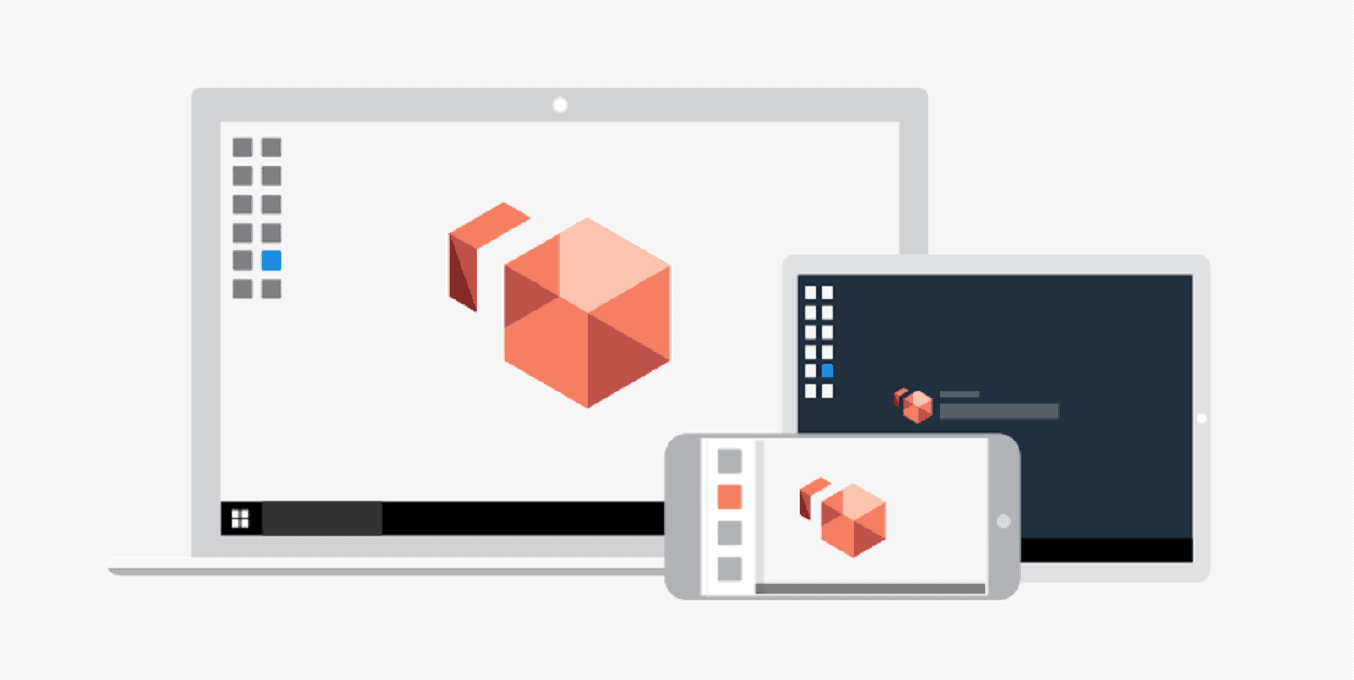IGEL Blog

9 Tips to Protect Your Remote Endpoints
Traditional endpoint security strategies have become inadequate due to the massive shift to remote and hybrid work models. Cybercriminals are taking advantage of employees working outside network perimeters, threatening businesses with encrypted attacks, malware, and other damaging tactics. To ensure your business data and systems stay protected against cyber risks, consider the following tips for securing remote endpoints at your organization.
1. Protect IoT Devices
Many businesses safeguard office devices with firewalls but neglect to secure the Internet of Things (IoT). This oversight can expose your company to numerous risks. Putting IoT systems on segmented networks and restricting access to only the data and applications each device needs can mitigate these threats. Consider using a robust firewall to supervise IoT connections and ensure only users with trusted IP addresses can utilize corporate information.
2. Improve Browser Security
Updating your web browser with the most recent security patches is critical for protecting endpoints. If a cybercriminal sees a browser with well-built security defenses, they often look for a weaker target and overall cyber-threat risk decreases substantially.
Remote browser isolation (RBI) is another effective strategy for enhancing endpoint security. RBI transfers web browsing from endpoints to remote locations in the cloud to prevent phishing and web-based malware. Since RBI forbids devices from executing web content, it ensures employees stay secure if they click on a link from a phishing email or visit an unsafe website.
3. Take a Zero-Trust Approach
Companies can no longer rely on scanning items in storage devices for endpoint management due to supply chain threats and malware containing no files. Instead, they need endpoint security that monitors applications and systems for suspicious activity.
Implementing a zero-trust strategy is vital to protecting your business data against risk. Zero trust encrypts data and requires employees to authenticate their identities before they can access sensitive information, reducing the number of breaches to your organization.
4. Examine Authorized Usage
Only employees who work with specific applications or datasets should have access to them. Allowing too many staff members to handle data increases the impact of a cyberattack and can enable an internal actor with malicious intent to harm your business. After all, a significant amount of high-profile breaches happen when cybercriminals attain authorized access to data.
5. Account for Ransomware
Some smaller organizations think their size makes them exempt from ransomware, but cybercriminals know every business has valuable assets they can hold for ransom. Shielding your corporate data with a robust, multi-layered anti-malware tool is an essential step in protecting your business against ransomware, but you should also consider conducting frequent backups. An effective backup strategy involves making numerous online and offline copies of business information.
6. Be Cognizant of Cybercriminal Tactics
Recognizing how hackers operate and developing the proper tools to combat malicious techniques can reduce cybersecurity threats considerably. For instance, you can prevent employees from opening phishing emails by training them on what to look for in a spam message.
Besides emails, workers may also receive suspicious files through common software programs. Asking employees to use unfamiliar documents with caution or blocking them from certain types of software helps protect remote endpoints and decreases the chance a malignant script running on your network.
7. Ensure Secure Applications and Deployments
An endpoint management strategy is not nearly as effective without application security. When you guard sensitive data inside applications, you can identify possible risks and minimize them more successfully than you would with legacy protection techniques.
Along the same vein, you should secure infrastructure deployments by providing them with the correct amount of network access. For example, the business resources you plan to make public on the internet must have enough protection to withstand the traffic and potential threats from users.
8. Evaluate the Security of Partnering Companies
If a business you partner with experiences a data breach, you may want to reflect on your current endpoint security measures. One way to defend your organization against faulty endpoint protection is to provide access to only the products and services partnering supply chain companies need to complete the integration. Additionally, you can use endpoint detection and response (EDR) products to detect malicious software and halt an infection, even after code execution.
9. Automate Employee Orientation
An ideal way to protect remote endpoints is to automate employee onboarding and offboarding duties. This strategy makes it easy to remove a person from applications and software when they leave the company, ultimately protecting corporate data from risk. It also relieves some pressure for IT and HR, enabling these departments to focus on more productive tasks.
Learn More About IGEL OS-Powered Endpoint Solutions
While these tips for securing remote endpoints can help your business operate safely, partnering with an endpoint software provider can give you the assurance you need to protect your remote employees. At IGEL, we believe security at the edge is a vital component of any endpoint management strategy.
Our next-generation endpoint operating system, IGEL OS, is built on Linux and created to minimize security risks to endpoints. It features a read-only, modular, small attack surface to prevent cybercriminals from invading the most vulnerable entry point — your network’s edge.
Get started today to enhance endpoint security at your organization.


